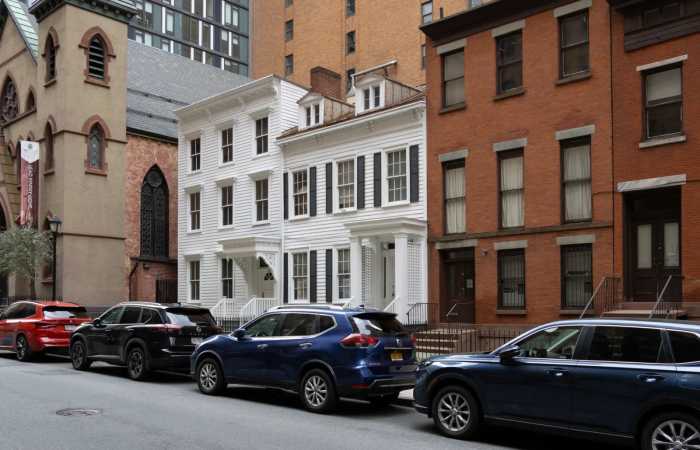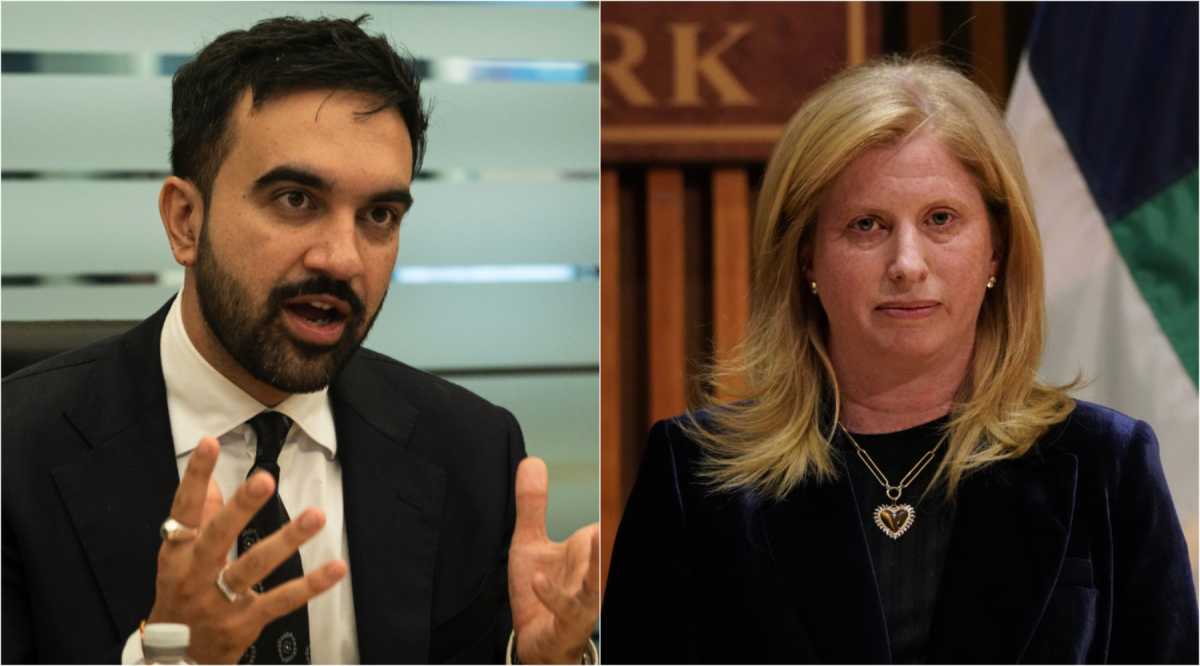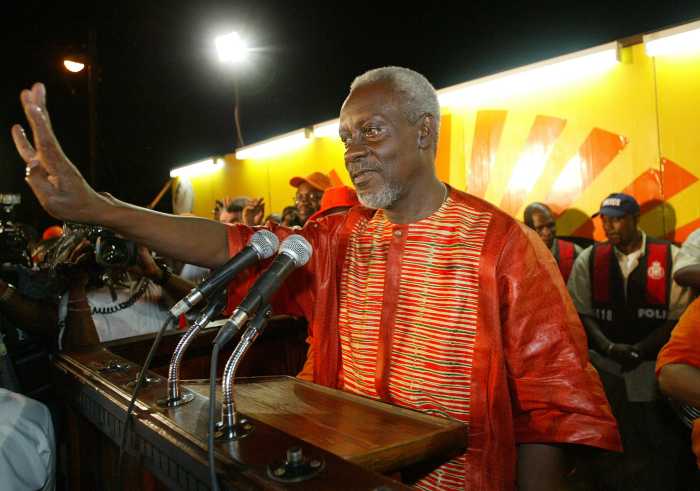The state is about to issue bonds to pay for the Atlantic Yards arena. But what’s it all mean? Let The Explainer break it down.
OK, what’s the deal with these Atlantic Yards bonds?
The state’s bonds, which will go on sale next week, are a loan on behalf of Bruce Ratner, who can’t issue tax-free bonds himself. The loan will finance construction of the project, and Ratner is expected to pay back the state with payments in lieu of taxes.
Stop right there. What are “payments in lieu of taxes”?
Instead of paying normal property tax on the arena land, Ratner will make fixed payments — which won’t fluctuate based on the land’s value, as normal property taxes do. This arrangement helped finance other stadium projects — though the IRS finally nixed their use, effective on Jan. 1, 2010, because the scheme cheats taxpayers out of actual property tax revenue.
Last week, bond rating agencies gave the Atlantic Yards notes a less-than-stellar rating. What does that mean?
Moody’s, which uses a Baa3 rating, and Standard & Poor’s, which called theirs BBB–, based such ratings on projections of how much money the Nets and their arena will make — and revenue projections have dropped due to the ailing economy, which affects Ratner’s ability to sell everything from that extra hot dog to a big luxury suite.
So how bad is his bond rating?
Baa3 and BBB– are one step above junk bonds — but don’t misunderstand. All it means is that there is a slightly greater risk to investors — who get a slightly better interest rate in return for taking that higher risk. A AAA-rated bond is safer — but also doesn’t yield as much interest for the investor.
Why are only $500 million in bonds being offered when the arena is set to cost almost $1 billion?
That’s another offshoot of the low rating. Because Ratner must pay out more in interest on the riskier notes, he can’t extend himself beyond the $500 million. Bond experts say that he might have gotten a higher rating on his bonds — and could have issued more of them at a lower interest rate — if he had more equity in the project. But he’s about to sell 80 percent of the team — and 45 percent of the arena — to a Russian billionaire.
Bottom line time: What’s it all mean for Ratner?
His profit margins just got a close shave. Because the state is only ponying up $500 million in bonds, Ratner will have to seek additional financing — some of it from his own pocket. Developers prefer to play with the house money, not their own.
























